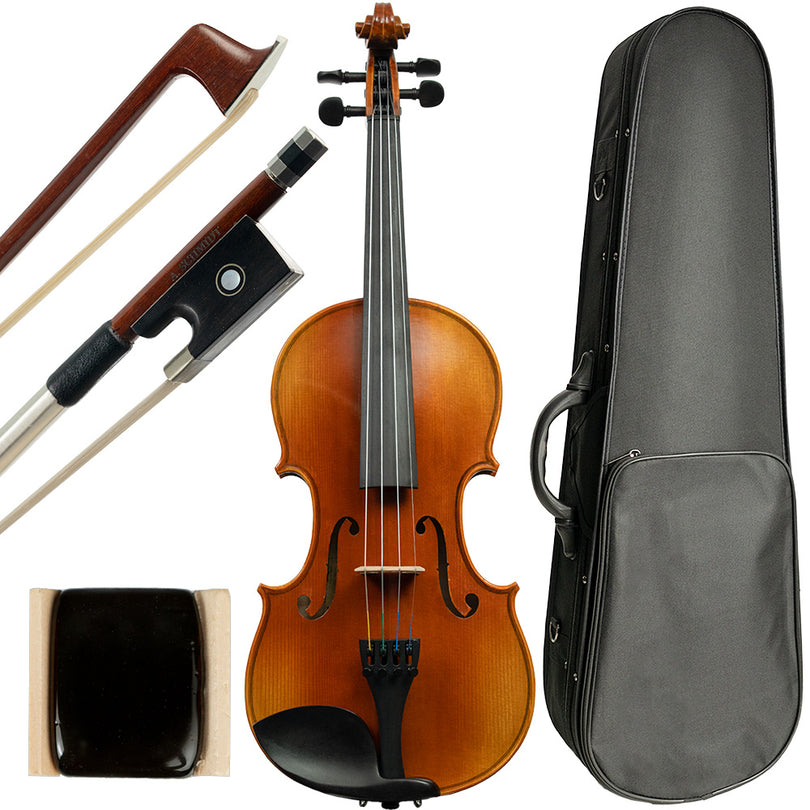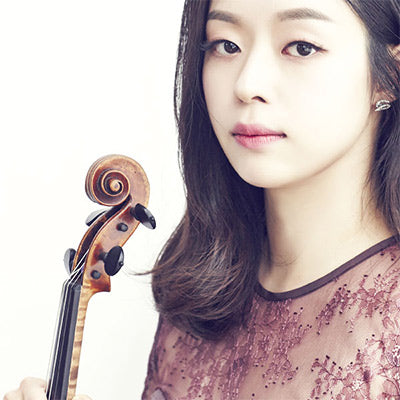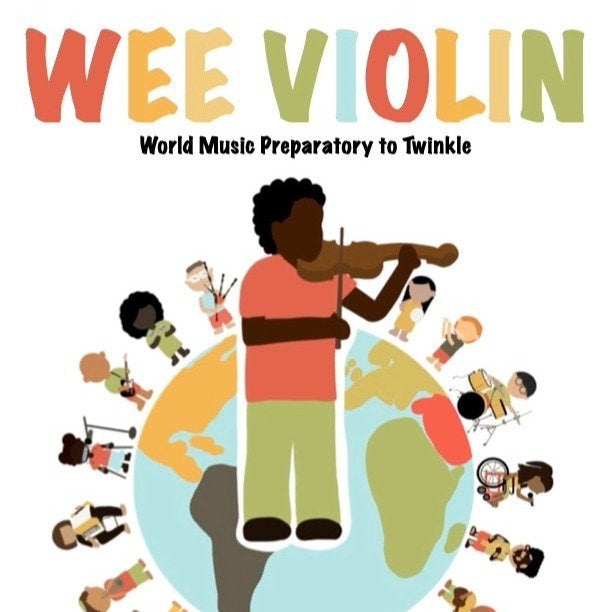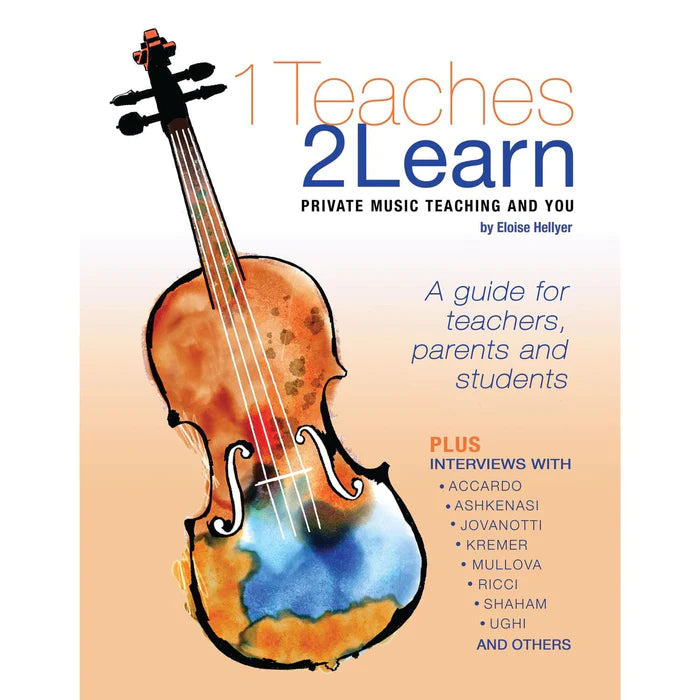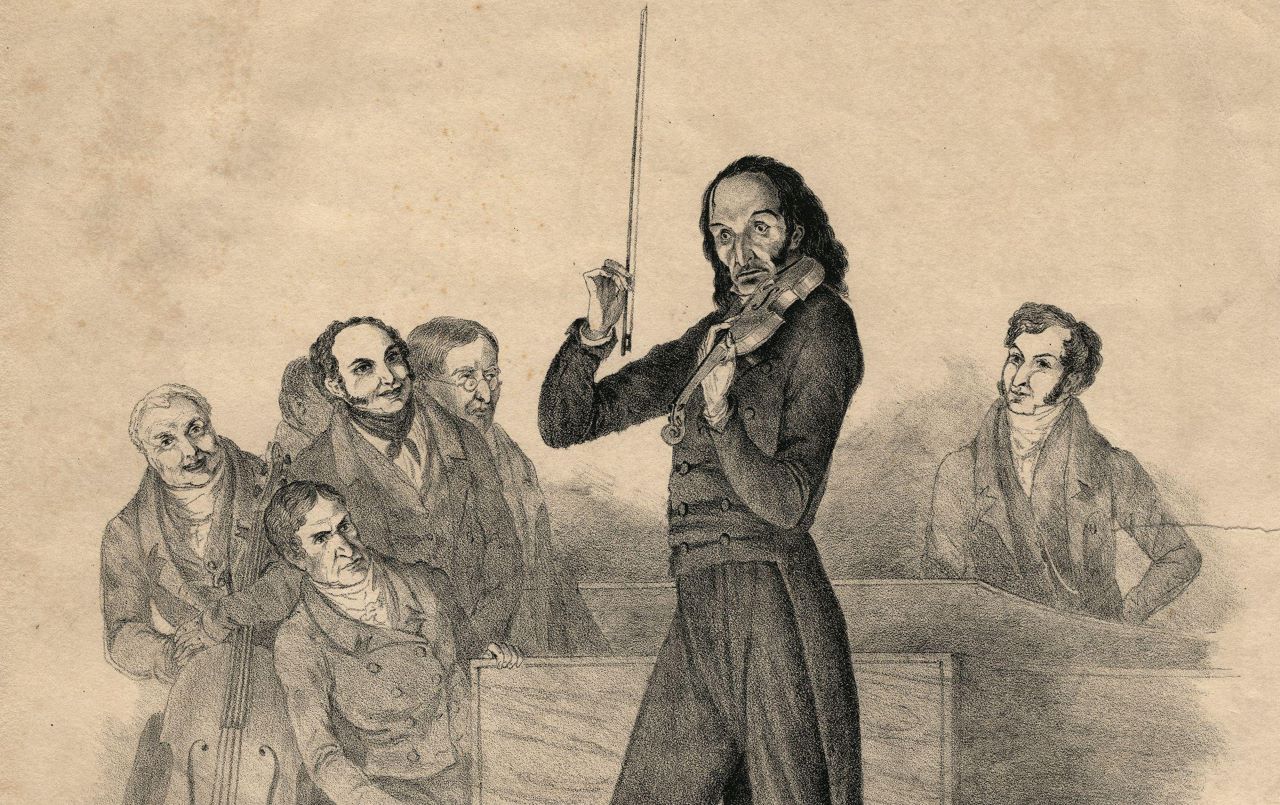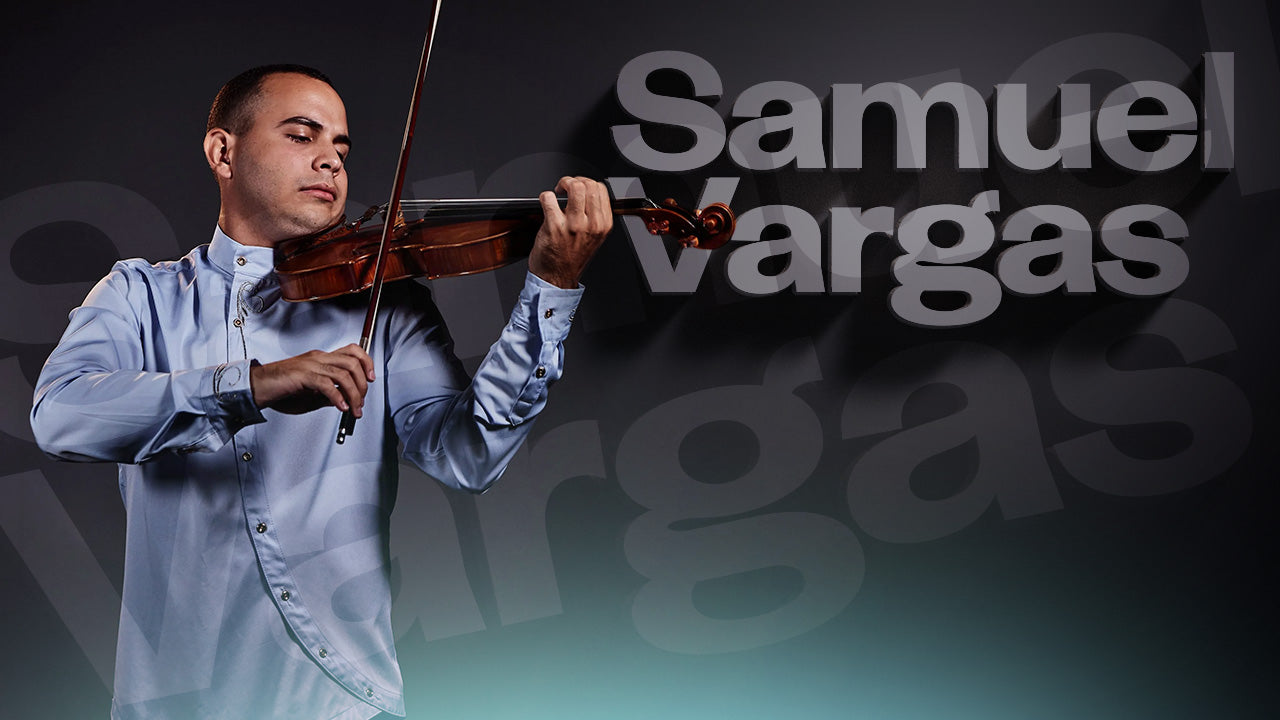It’s that time of year when we tackle our greatest fears, whether that’s playing onstage for the first time, performing a solo piece, being out of tune, open seams on our instruments, or not being thoroughly prepared for anything and everything that comes with being a musician. Halloween season is a wonderful time to pull together an appropriately spooky repertoire—and we’re here to help! From instrumental spooky music, to seasonal background music, to classic horror film soundtracks, we have what you need to build a truly devilish collection.
Danse Macabre, Camille Saint-Saëns
The ultimate classic, often used in popular culture to herald the arrival of Halloween. Written with idea that Death, if personified, would play the fiddle on his arrival every Hallows Eve. Saint-Saëns was inspired by an old French poem, but his audiences did not appreciate the use of the “devil’s” tritone or the eerie minor keys paired with xylophone strikes, which gives the piece its overall foreboding feeling. To a modern audience, Danse Macabre may sound almost playful and cheerful, but for 1872 when the piece premiered, the reaction was near hysteria: mass anxiety and palpable fear. Today it is considered a masterpiece. You can also check out a modern reimagining by Swedish metal band Ghost, if you dare, at this link.
Johann Sebastian Bach, Toccata and Fugue in D minor
Through the Mandela Effect, we’ve collectively decided that Dracula famously plays this tune on his pipe organ, or perhaps the Phantom of the Opera does the same thing, wasting away in the basement of the theatre. But this creepy classic is synonymous with monsters for a reason: it was a featured theme in 1931s Dr. Jekyll and Mr. Hyde and 1934’s The Black Cat. Contributing to the song’s air of mystery is the fact that its origins are often disputed, since the song came into popularity with the Bach Revival. Toccatta and Fuge was further popularized after its use in Disney’s Fantasia animated film. A perfect addition to a Halloween playlist.
Ritual Fire Dance & Dance of Terror from El Amor Brujo, Manuel de Falla
These two selections from Manuel De Falla’s 1915 ballet El Amor Brujo (or The Love of the Sorcerer) are the perfect challenge for someone looking to liven up a night of thrills. The story of a widow haunted by the ghost of her husband (whom she dances with every night in the shadows) is rendered in beautiful, anxious piano strokes and lush yet frenzied strings. Ritual Fire Dance is particularly passionate and melancholy, while Dance of Terror is all harried movement, in which the characters are desperate to literally remove the curse bestowed upon them.
Le Ronde des Lutins (Dance of the Goblins), Antonio Bazzini
An appropriately hellish challenge for any violinist, Dance of the Goblins is famous for its rapid double stops, artificial harmonics in double stops (using all four left fingers) and left-hand pizzicato. Just looking at the sheet music might be enough of a fright! Full of movement and spindly sound, it's almost as if you can hear the goblins laughing at you while you perform. Check out the video below to listen to Chloë Hanslip play her heart out.
Violin Sonata in G Minor (The Devil's Trill Sonata), Giuseppe Tartini
Arguably the most famous deal with the devil ever made, Tartini's masterpiece begins so beautifully and patiently that you never see the later half coming. The buildup is so intense and the technique so refined, that it's no wonder we tend to believe Tartini when he said the devil taught him how to play this sonata. The trill in question comes when the violinist trills while also playing triads. It is one of the earliest examples of the use of a trill in a violin theme.
Which composers will you be adding to your Halloween playlist? Are you playing any of these pieces right now? Let us know in the comments!

